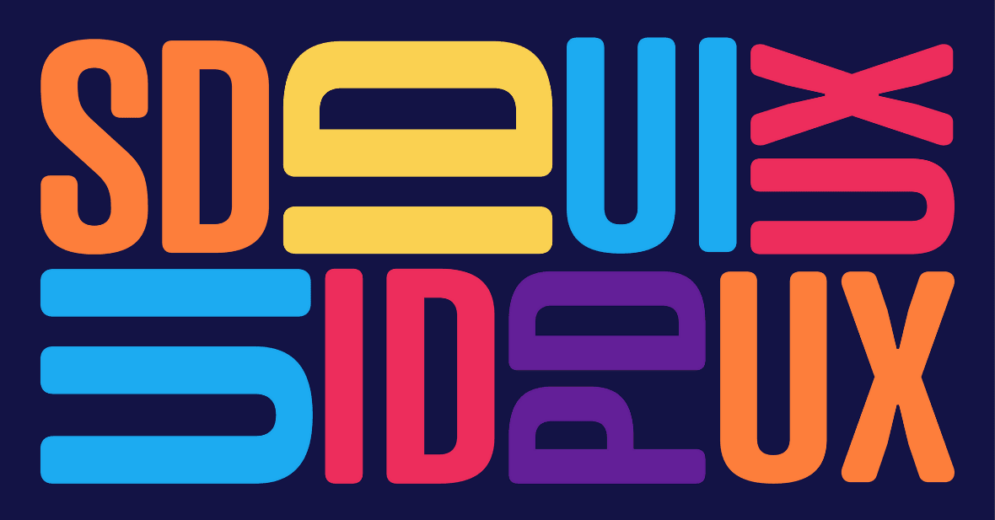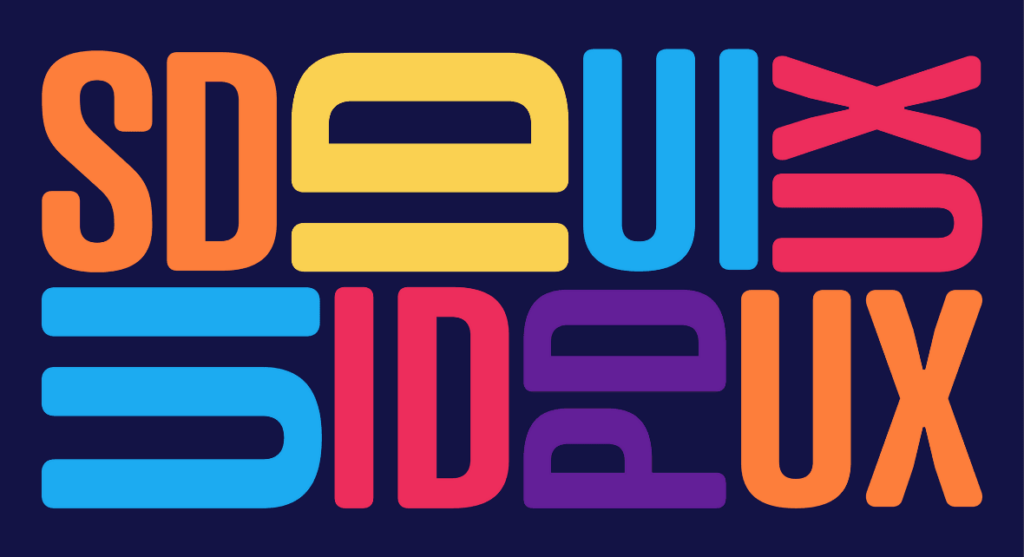The UX/UI design world can often be overwhelming, as it's filled with acronyms, terms, and concepts that can be confusing, especially for beginners.
If you're new to UX design or considering a transition into this field, it's common to feel overwhelmed by the variety of technical terms and jargon, such as:
- UX Design
- UI Design
- Interaction Design
- Product Design
- Service Design
That's why this article aims to help you get familiar with these different definitions and better understand the responsibilities of each role. Are you ready to dive in?
The heart of the matter
To begin, it's important to understand the difference between two terms that can be quite confusing: CX and UX.
The term CX stands for Customer Experience, which is a broad area that includes a customer's complete history, journey, and interactions with a particular company. This means that CX takes into account all the services and products of a company, as well as all the user journeys and interactions—not just those that occur on a specific digital interface.
By focusing on the entire relationship people have with a brand, Customer Experience aims to turn experiences into something positive and achieve good results for the company.
CX is not just about improving a single interaction or touchpoint but rather about designing a comprehensive, seamless, and delightful experience that meets the needs and expectations of the user at every step of their journey.
On the other hand, User Experience (UX) is a more specific term than CX. UX refers to the entire experience a user has when interacting with a particular product or service offered by a company.
It starts from the moment a user becomes interested in a company's product, continues with their interaction and usage of it, and ends when they complete their task or goal.
Therefore, UX is one of the components that make up the broader field of CX, as it focuses on improving the user's experience with a specific product or service.
UX Design: the user is at the center of everything

Jakob Nielsen and Don Norman — founders of NN/g — summarize UX Design as the study of different and better ways to meet users' needs and keep them satisfied throughout their entire journey.
The main goal of UX Design is to put the user at the center of decision-making. Therefore, UX Design is concerned with every user interaction stage with a certain product or service, ensuring a seamless and enjoyable experience.
As such, the UX Designer is responsible for discovering the users' needs and finding the best way to meet them through design. This professional determines how a product's interface will work, how it will be organized, and how each part will relate to the others.
If the internal communication of an interface is good and its navigability is intuitive, the user will have a good experience.
Reading tip: Do I Need a Design Background to Switch to UX?
UI Design: Designing Interfaces
UI stands for User Interface, and a UI professional designs visual interfaces that assist in the interaction between users and machines.
It is a crucial area in the design industry, as it directly affects how users perceive a product or service.
The UI Designer arranges visual elements logically and harmoniously to improve usability, ultimately developing intuitive interfaces using aesthetic and functional concepts.
To know more about UI Design, check the article: What’s The Difference Between UX And UI Design? – Understanding Once And For All
Product Design: managing products

Product Design is the area that encompasses both UX and UI Design, focusing specifically on digital products. In this sense, Product Design covers the entire process of creating products and delivering experiences, considering problems and needs, and proposing solutions.
Therefore, Product Designers usually work in teams with other professionals, such as developers, computer engineers, and marketing professionals. This way, the Product Designer is involved from the research phases to the usability testing of the product.
Developing a product involves an analytical process and requires an open posture to problem-solving that improves users' lives. Thus, in addition to solving problems, the Product Designer must identify and understand the users' pain points to determine the best solution.
Therefore, it is common for this professional to have a solid understanding of methodologies such as Product Management, Agile Philosophy, Lean UX, and Design Thinking, among others.
Reading tip: Product Manager: Business, Technology, and User Experience
Case study: Nubank
An example of Product Design is the creation of NuConta by Nubank, as reported by the digital bank's own Design team.
The team involved conducted a survey of challenges and needs that could be addressed. They then began defining personas and prioritizing which profiles would be most appropriate at the time.
After identifying the problem and the persona, the Product Designers created wireframes and low/high-fidelity prototypes and conducted tests with users. With good results from the tests, NuConta was launched.
But the work didn't stop there. Nubank left room for user feedback and opinions. This way, they could always be open to opportunities for improvement.
Therefore, in this case study, we can see that the responsibility of the Product Designer covers the entire process of developing a digital product. From initial research, identifying problems, defining personas, and creating solutions.
Ultimately, the Product Designer is responsible for continuously improving the product through iteration cycles and constant testing.
Interaction Design: Human-Computer interactions
Interaction Design is all about creating smooth and effective interactions between users and interfaces. While it shares similarities with UI Design, Interaction Design takes a deeper dive into the psychology and usability behind human-computer interactions.
The ultimate goal of Interaction Designers is to make sure that users can easily and efficiently accomplish their goals while using a product or service. They do this by studying the history of human interactions with interfaces and designing UIs that are intuitive, user-friendly, and efficient.
To succeed in this role, Interaction Designers must have a solid understanding of human behavior, cognitive psychology, and design principles. They work closely with other professionals like UX designers, UI designers, and front-end developers to create a cohesive and effective product.
In short, Interaction Designers are the experts who ensure your technology experience is as seamless and enjoyable as possible!
Reading tip: Human-Computer Interaction: Everything You Need To Know
Service Design: processes matter too

Service Design is an approach that aims to improve the entire user experience, not just the final product or service.
It involves optimizing all processes that precede and follow the purchase of a product or service to ensure that the user feels satisfied from end to end.
Service Design enhances the user experience by improving internal processes like employee experience. It identifies pain points and opportunities for improvement, creating a seamless experience that delights users and achieves business objectives.
Ultimately, it is about planning and organizing a company's resources to achieve these goals.
In other words, Service Designers are the masterminds behind a successful user journey. They make sure that the service is easy to use and meets the needs of both the user and the company.
If you would like to know more about this, check this case study: The Redesign of Metropolitan Police Services – Interview with Clém Debaig
Possibilities for Service Designers
Service Designers can also organize departments. Like facilitating collaboration between the Customer Service and Product Design teams, for example.
The Service Designer can create a shared understanding of the customer's journey and pain points and identify opportunities for improving the customer experience through product design.
This collaboration can lead to the creation of products and services that better meet the customers' needs, resulting in increased customer satisfaction and loyalty.
How is the UX Design industry?
According to research published by NN/g, it is expected that between 2017 and 2050, UX Design will grow from 1 million to 100 million professionals.
The group states that from 1950 to 1983, the field grew from 10 professionals to 1000. Between 1983 and 2017, the number reached around 1 million.

In the survey, the group points out that the growth of the area occurs in 4 ways:
- More UX professionals in companies;
- Advancement of new technologies with UX application;
- More companies with a high level of UX maturity;
- More companies and countries are applying and developing UX projects.
Another survey, conducted by InVision, found that out of the 1635 respondents in the field:
- 81% (4 in 5) are contacted monthly by recruiters;
- 34% (1 in 3) are contacted a couple of times per month;
- 6.1% feel that they are being contacted more this year than last year.

This high demand ends up raising the salaries of Designers in the listed areas. In this sense, 84% of those interviewed by InVision reported having received a raise in the past two years.
With the high demand, Designers can even choose where they want to work. Some of the qualities that Product Designers look for in their next job opportunity are:
- The possibility of solving challenging problems;
- Good salary;
- The possibility of working remotely;
- Established Design team.

Reading tip: UX Design in high demand
UX Design opportunities
As we've shown, the industry in this field is quite active and bustling.
Every day, our students post job openings and opportunities in UX Design.

Thus, if you are a dedicated, motivated, and curious person, your chances of succeeding in UX/UI Design are high.
Salaries for these positions are quite high due to the high demand. So if you want to switch careers, this is an excellent time to do so.
We hope this article has helped you better understand the differences between the various Design positions related to user experience.
Although there are several responsibilities, the same professional will often perform them depending on the company and project size.
Therefore, to become a UX Designer, it is essential that you dedicate yourself and take courses that teach you theoretical and practical concepts and help you develop a portfolio.
The study should be continuous, not just when switching careers. It should always be present in the Designer's life. As the field is rapidly evolving, staying up-to-date is a must.








